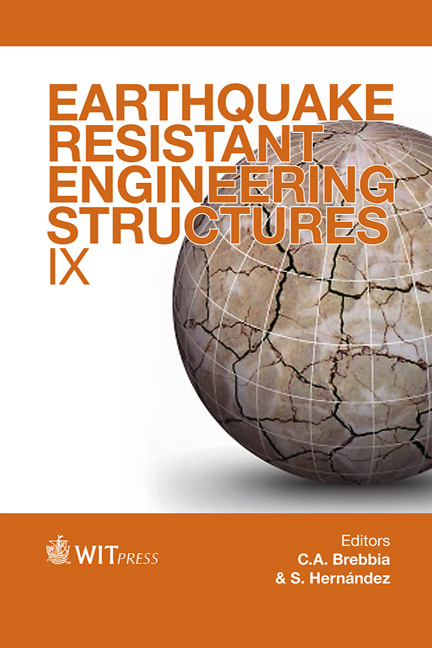Seismicity And Seismotectonics Of The Jeddah Area, Saudi Arabia
Price
Free (open access)
Transaction
Volume
132
Pages
14
Page Range
219 - 232
Published
2013
Size
2,894 kb
Paper DOI
10.2495/ERES130181
Copyright
WIT Press
Author(s)
M. S. Fnais, K. Abdelrahman, Sh. E-Hady & E. Abdel-monem
Abstract
The Jeddah area is located along the eastern coast of the Red Sea and hence has been affected by moderate to destructive earthquakes throughout its history. Consequently, the identification of the seismogenic source zones is of utmost importance for mapping the most disaster prone area around the Jeddah area. Available data, including both historical and instrumental have been collected from national and international data centers. The seismogenic source zones that might affect the Jeddah area are defined more precisely depending on the main tectonic trends; distribution of earthquakes, seismicity rate (a- and b-values) and a fault plane solution for the major earthquakes; in addition, the type of faults that prevail and characterize these zones. It is concluded that Jeddah city is outlined by five seismogenic source zones; three of them are located through the Red Sea (southwestern Jeddah, western Jeddah, and northwestern Jeddah), while the other two earthquake zones are located inland (Thewal-Rabegh and Jeddah- Makkah zones). The existence of microearthquakes inland suggests that there is a significant level of tectonic activity away from the axial trough of the Red Sea. These inland zones correlate well with the major active tectonic trends outlining the Jeddah area. The b-values range from 0.65 to 1.03 through the study area. An area of high b-values could be indicative of a relative low stress regime resulting from the stress release by the earthquakes. An area of low bvalues is interpreted as evidence of a relatively higher stress regime associated with an area of dominantly extensional stress.
Keywords





